The Panasonic Lumix GM-5 Is the Greatest Digital Camera Ever Made

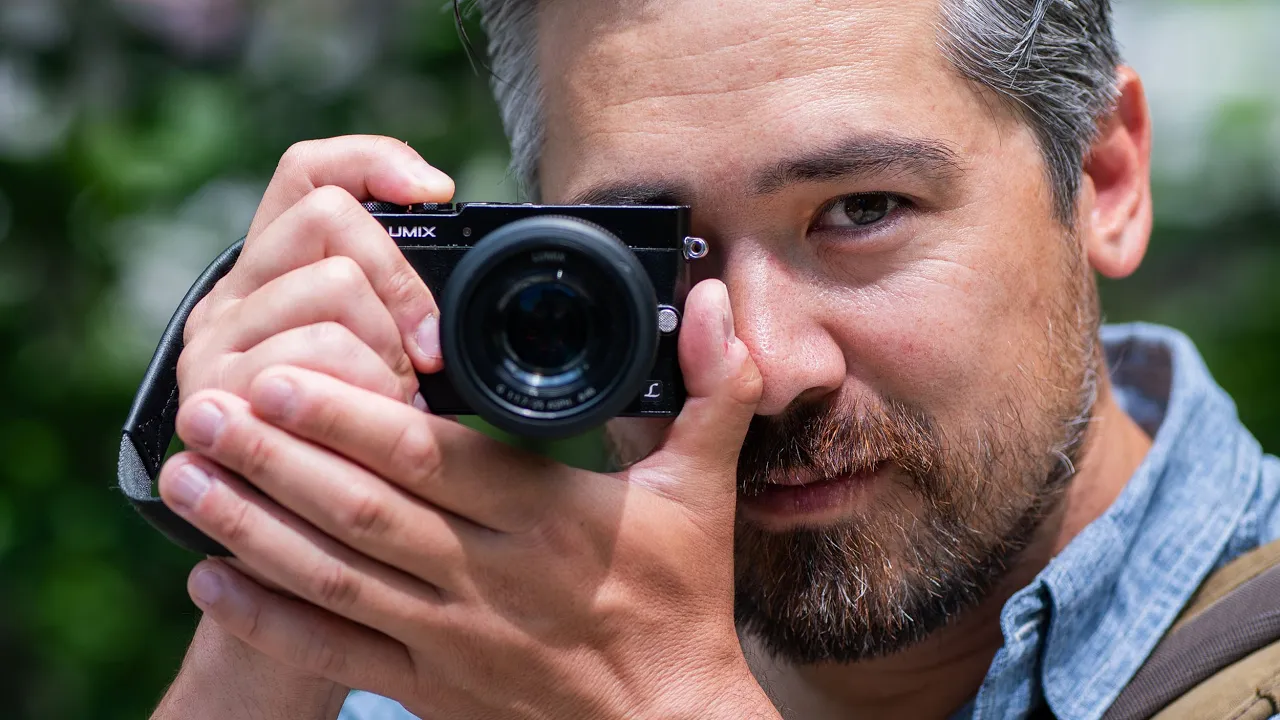
Recently, at the Bild Expo in New York City, I asked some prestigious photographers and creative professionals an important question: What is the greatest digital camera of all time? Some said the Fujifilm X100 series, some said the Nikon D780, and I even heard the DJI Pocket 3. Of course, they were all wrong. The correct answer is, of course, the Panasonic Lumix GM-5.
The Panasonic GM-5 debuted in 2014 and stood alongside the similar GM-1 from the previous year. I owned both and eventually sold them when I started my YouTube career as I wasn’t using them anymore since I had a new camera to test almost every week. However, I came to deeply regret this decision. Having recently found another GM-5, I’ve been falling in love all over again.
Warning: There are many, many, photos to look at below, so get your scroll finger ready.
How Using the Panasonic GM-5 Feels
Ironically, the world’s greatest camera is actually incredibly diminutive. Much of its charm is due to its insightful sees its chassis as small as you can make a Micro Four Thirds body while still leaving room for an electronic viewfinder. At just under ten ounces (280 grams), the GM-5 is also pocketable and portable. I’m instantly reminded of funky camera designs like the Olympus XA, Pentax Auto 110, and Rollei 35s: cameras that all attempted to make things small, stylish, and convenient.
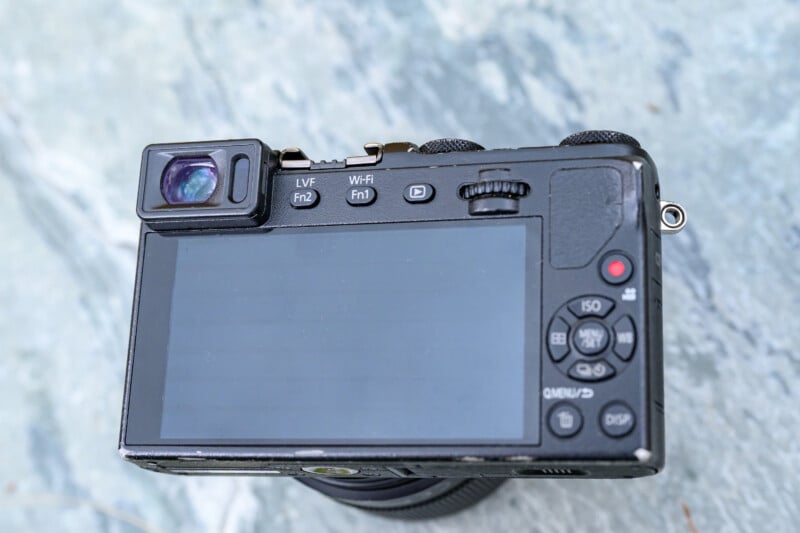
The original GM-1 had a fairly similar body design and a built-in pop-up flash unit. The GM-5 traded the flash for a hot shoe and, more importantly, an EVF. Make no mistake, this is a terrible EVF but I would take it over nothing at all — and do. The display is just over 1.1 million dots and is a field sequential unit, an older technology that was of very low magnification, displayed the composition with some rainbow-colored tearing, and is much akin to looking down a hallway at a small television.

The back panel isn’t any better. It is a three-inch, 921K, TFT screen, which is brutal to use in bright sunlight. However, its touchscreen interface is quite usable and allows for both autofocus placement and manual adjustments. The GM-5 allows for full manual control and that is primarily operated via a small control dial near where your thumb naturally rests. Pushing this dial in cycles between aperture, shutter, and exposure compensation while jogging it left or right adjusts the selected setting. You have a few other controls on the joypad for white balance and ISO. It’s a very simple camera interface but that is what I appreciate about it, and I find it an easy camera to adjust under pressure.
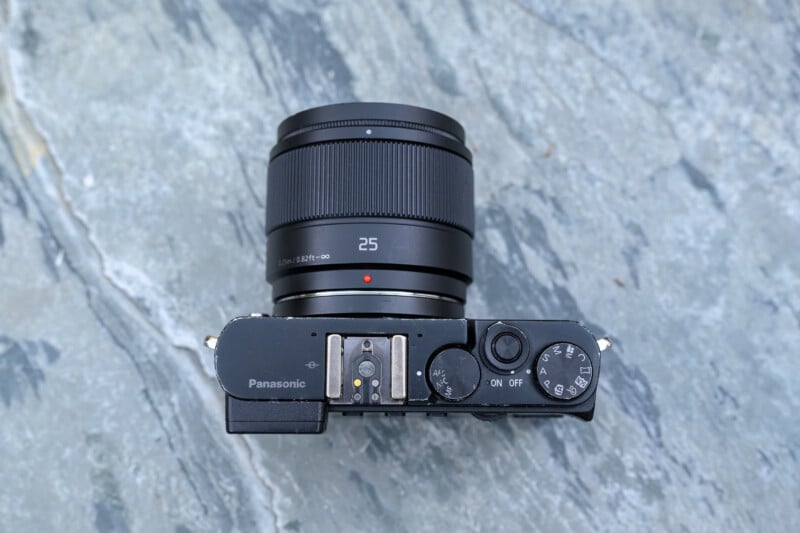
The Panasonic DMW-BLH7PP battery isn’t very long-lasting — it provides about 200 CIPA-rated shots — but it sure does keep the slim profile of the camera intact. There is a single SD card slot, and don’t even ask about any USB-C interfaces given the age of this camera.
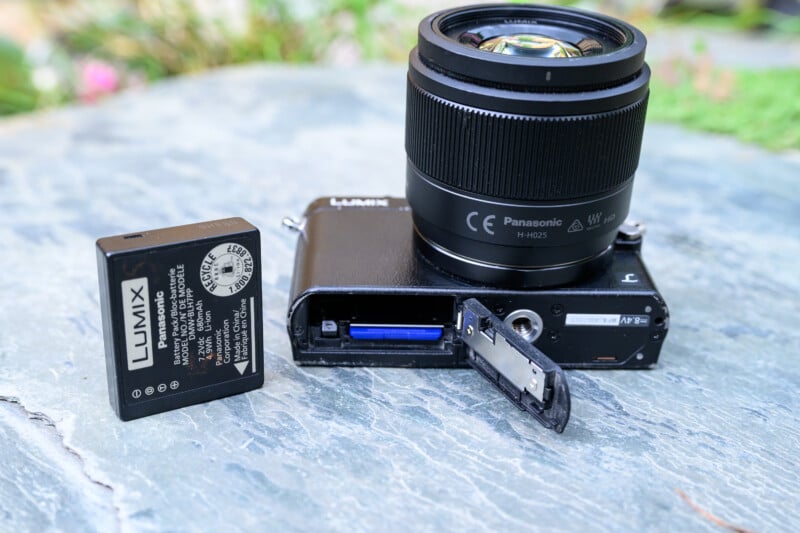

How The Panasonic GM-5 Shoots
At the heart of the GM-5 lies a 16-megapixel Micro Four Thirds sensor, which is the same as the GM-1 sensor that came before it. In fact, the photos in this article taken in Hawaii were actually captured on the GM-1 camera but I included them here because the image quality is identical. Speaking of which, I really like the image quality that I get out of this older sensor. Let’s keep in mind that sensor technology had begun to plateau around the time that the GM-5 was released and this is most especially relevant when it comes to Micro Four Thirds. Sure, the latest 20 and 25-megapixel options would be nice, however, I find the GM-5 to take vivid shots with plenty of detail.

![]()
![]()
![]()
![]()
![]()
![]()
Panasonic has always had excellent color science and that’s a shame considering this camera released at a time when all the kudos went to Canon and Fujifilm. The colors out of Panasonic cameras are true-to-life and the black and white modes, which is what I primarily shoot, are particularly gorgeous. I also find that shooting at higher ISO ratings adds noise that looks quite organic and very much like an analog high-speed black-and-white film stock.

![]()
![]()
![]()
![]()
![]()
The GM-5 does have a mechanical shutter despite its diminutive proportions, which operates in an electronic first-curtain mode only. There are no issues with truncated bokeh on extremely bright lenses because the shutter speed doesn’t go faster than 1/500 second. I also find the rolling shutter to be quite minimal due to the relatively low resolution of the sensor. I just let the camera automatically transition to electronic shutter mode when I need it to go above 1/500 and rarely even notice any problems.

![]()
![]()
![]()
![]()
![]()
![]()
Now, the title of “greatest camera of all time” really does depend on the context. I always say it’s always about the right tool for the right job and I would never use the GM-5 for any serious wildlife or sports shooting or with any longer telephoto lenses — the chassis just isn’t made for it. But when it comes to my favorite type of photography — travel and street — the GM-5 is discreet and capable.
![]()
![]()
![]()
![]()
![]()
![]()
![]()
Autofocusing is pretty basic and uses Panasonic’s old-school contrast-based detection. Tracking AF is not reliable, but the classic way of using a center point to focus and recompose works like a dream. Given that Micro Four Thirds sensors have more depth of field for a given aperture, I find that the focus method of locking and recomposing still ensures that my subject is in a sharp zone of focus.
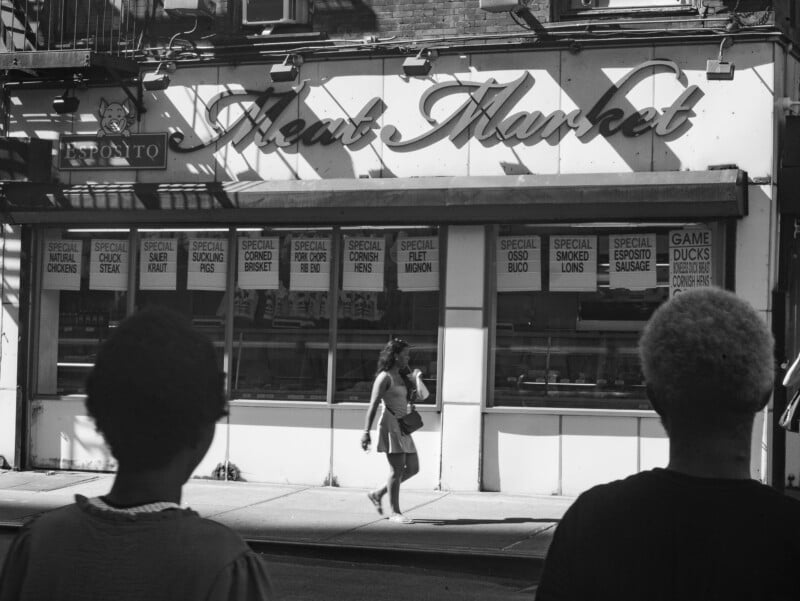
![]()
![]()
![]()
The burst mode is quite respectable at just under six frames per second and it works great for street shooting and for portraits where I want to increase my chances of landing the shot. Considering that a 128 GB SD card gives me well over 4,000 full-quality JPEG and RAW images combined, I don’t feel like I’m frivolously wasting frames.

![]()
![]()
![]()
![]()
![]()
![]()
![]()
![]()
Considering that Panasonic is famous for its videography capabilities, the GM-5 had quite modest video modes. The camera can only shoot fairly standard 1080p video up to 60fps. I didn’t buy it for its video chops.
Panasonic G-M5 Review: Why It’s the Goat
If you have been reading between the lines, you have probably noticed that the GM-5 has some serious shortcomings. Partly, this is due to the age of the camera and partly it is due to the size. And yet, the GM-5 not only delivers a fun experience with its novel design and simple controls, but it also excels as a pocketable street camera that you can take anywhere. Most importantly, it offers interchangeable lenses with one of the most extensive ecosystems of lenses ever made and offers full manual control that goes beyond anything that a compact, fixed-zoom camera can do.
I never feel under-equipped or unable to be creative with the GM-5 in my pocket.

![]()
![]()
I get plenty of depth of field control and I have access to optics ranging from extreme-ultra wides to ultra-long telephotos, and everything possible in between. The GM-5 may not have sold incredibly well at the time of its release, but it was way before its time, and that time is now. With all the attention focused on compact digital cameras, vintage-looking image quality, and analog-adjacent cameras, the GM-5 is more popular than ever.
![]()
This has driven up prices in a big way, and the GM-5 was never a frugal camera system in the first place. It was released at around $700 for a body only and can now be had for about $1200 today. The Panasonic GM cameras are quite hard to find as well and get snapped up quickly. I could see the price going even higher as more time goes by, and this means that the market could be ripe for a brand-new release. I really believe that many users would desire a sexy and pocketable camera that proves to be convenient and portable.
![]()
If a new camera were to be made, I think it would need to at least have an EVF, mechanical shutter, electronic flash or hot shoe, and a similar size and weight. It would, by default, get a more sophisticated sensor, video features, and focusing ability, which would only make it more desirable. Everyone is looking for a reason for micro43rds to continue, and it is the only sensor size that is commonly available, and that still offers good image quality, manual controls to be creative, and plenty of lenses to play with.
![]()
It would naturally fall on Panasonic or OM System to make the plunge, and I feel that the aforementioned camera would be incredibly desirable. Panasonic is probably tired of hearing me constantly beg for one, but I think OM System could rejuvenate its line with a newly redesigned Pen series product. Don’t worry, I’ve been harassing them too.
![]()
The Panasonic GM-5 is the greatest digital camera of all time. Thank you for coming to my TED Talk.
Source link


